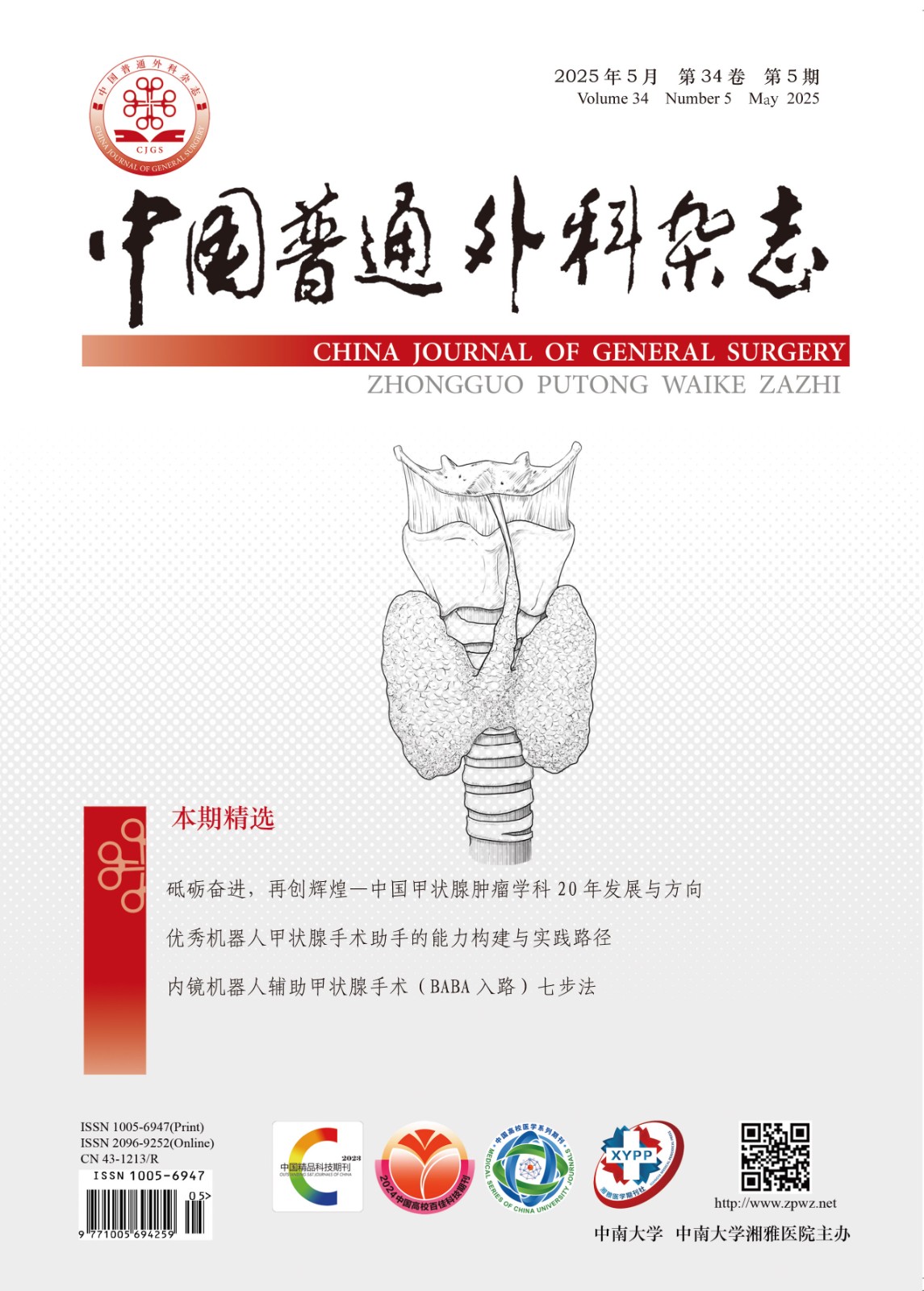Abstract:All-trans retinoic acid (ATRA), also called retinoic acid and vitamin formic acid, is the main biologically active form of vitamin A. So far, the application of ATRA in the treatment of acute promyelocytic leukemia (APL) has exceeded 20 years, which is still the standard treatment for APL. With the continuous deepening of research, ATRA has been widely used in the treatment of thyroid cancer, lung cancer, gastric cancer, Kaposi’s sarcoma, ovarian cancer, bladder cancer, neuroblastoma, and other tumors, and is gradually extending to the differentiation therapy for more tumors. ATRA regulates gene expression by binding to nuclear retinoic acid receptor (RAR) or retinoid X receptor (RXR) and acting on the retinoic acid response element (RARE). It plays an important role in maintaining cell homeostasis, regulating cell cycle, signal transduction, transcription and translation, regulating the growth of tumor cells and promoting their apoptosis. The liver is the main place for vitamin A metabolism. Related studies have shown that ATRA is widely involved in the biological processes such as hepatitis, liver fibrosis and liver cancer cell proliferation, invasion and apoptosis by regulating the expressions of related proteins (including chemerin, signal protein Smad2/3, IGFBP-3, etc.). In addition, ATRA can promote the progression of non-alcoholic fatty liver disease by up-regulating the expression of chemerin. Hepatic stellate cells (HSC), also known as pericytes, are the main cell type involved in liver fibrosis. When the liver is damaged, HSC can be transformed into an activated state. The activated HSC secretes type I collagen (COL1α1) and α-smooth muscle actin (α-SMA) and thereby causes liver fibrosis, and vitamin A, the active form of ATRA, can reverse HSC activation and liver fibrosis. On the one hand, the Wnt signaling pathway participates in the formation of liver fibrosis by activating HSC, while ATRA can inhibit the occurrence of liver fibrosis by inducing RORα phosphorylation and inhibiting the signal transmission of Wnt/β-catenin; on the other hand, ATRA can inhibit the occurrence of liver fibrosis by inhibiting TGF-β1/Smad signal pathway expression, thereby exerting its anti-liver fibrosis effect. This article describes the mechanism by which ATRA inhibits the proliferation of liver cancer cells and induces apoptosis from multiple aspects that include the process by which ATRA inhibits the expression of Bcl-2 and Bcl-x proteins to induce cell apoptosis, or directly acts as inducing differentiation agent, the process of inducing apoptosis of liver cancer cells. In addition, ATRA can regulate the proliferation of liver cancer cells by regulating the expressions of related genetic materials, including inhibiting the proliferation of hepatocellular carcinoma by inhibiting insulin-like growth factors and promoting retinoic acid-induced gene 1 methylation. The application of ATRA in liver cancer has only been initially recognized in recent years. At present, there is no systematic understanding of the relationship between ATRA and liver diseases, and the specific regulatory mechanism in liver cancer needs to be further studied. A full understanding of the relationship between ATRA and liver diseases and the related molecular mechanisms involved can provide new strategies and directions for clinical diagnosis and treatment of liver diseases (non-alcoholic fatty liver disease, liver fibrosis, hepatocellular carcinoma and other diseases).
























































